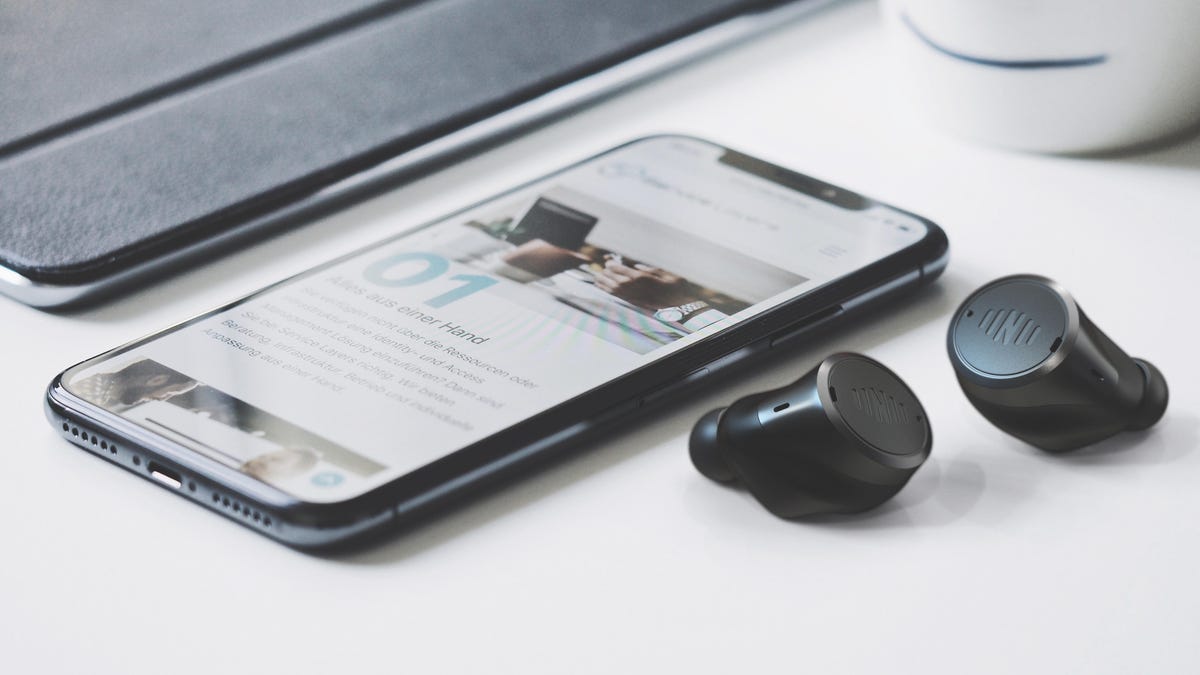Wearable shipments grow thanks to hearables and wristbands, analysts say
Meanwhile, the first quarter saw a decline in smart and basic watches.

Hearables are growing in popularity.
Worldwide shipments of wearables grew more than 29% year over year in the first quarter of 2020, with total device volume hitting 72.6 million units, according to a Thursday report by market research firm IDC. Much of that increase was fueled by growth in hearables and wristbands, as smart and basic watches saw a decline.
In the wristband category, devices like the Fitbit Charge 4 and more-affordable options from Xiaomi and Huawei helped drive that sector to grow 16.2% during the quarter. Hearables grew 68.3% and made up 54.9% of the whole market.
"The hearables category was seemingly resilient to the market-suppressing forces caused by COVID-19," Jitesh Ubrani, research manager for IDC Mobile Device Trackers, said in a release. "Consumers were clamoring for these sophisticated earpieces not only for the ability to playback audio but also to help them increase productivity, as many of them were forced to work from home and sought ways to reduce surrounding noise while staying connected to their smartphones and smart assistants."
Meanwhile, the COVID-19 pandemic had a negative impact on the supply of smart and basic watches, many of which share components and resources with phones and PCs, which were also impacted in the first quarter, IDC said. Still, some vendors, including Garmin and Huawei, saw notable growth, given that they don't rely as heavily on Chinese markets and have been expanding more into the US, Europe and other parts of Asia.
Apple was again the top wearables company, with 29.3% share and 21.2 million units shipped. While the Apple Watch experienced setbacks due to issues in the supply chain, the Beats and Airpods lineup made up for that decline.
Xiaomi landed in second place, with 7.3 million wristband and watch shipments. Samsung came in third, with its hearables business making up 74% of its total shipments during the first quarter, up from 58.9% in the first quarter of last year. That's largely thanks to the success of its latest generation of Galaxy Buds and Buds Plus, which shipped over 4 million units in the first quarter of 2020.
Huawei and its subsidiary Honor were in fourth place, and grew in China despite the lockdown "thanks to a strong online presence and close ties with retailers," IDC said.
Fitbit landed in fifth, seeing a 26.1% decline during the quarter, since much of its production was based in China, which experienced supply issues for several weeks. Competition from tech giants like Apple and Samsung and Fitbit's lack of a hearable have made it challenging for the company to grow, IDC said.

